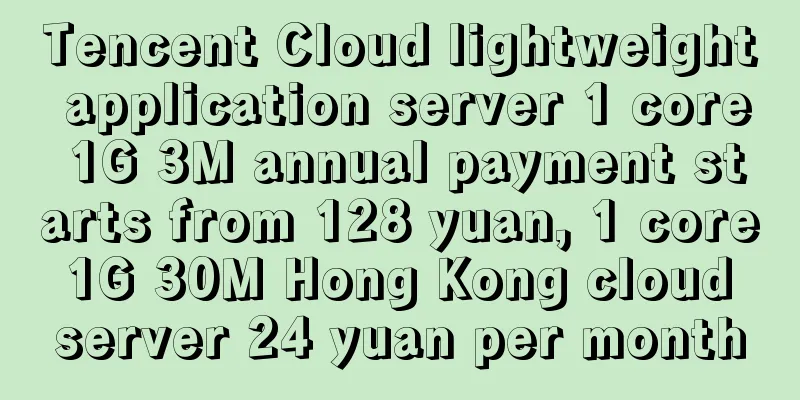How to Choose the Right Data Cabling for Your Business

|
Are you building a new office? Is your current office expanding? If so, you need to install data cabling. This is the process of wiring your office with the necessary cables to enable computer networking. There are a few things to consider when choosing the right data cabling for your business. In this article, we'll discuss some of the most important factors to keep in mind when making your decision.
These are just some of the many benefits that data cabling can bring to your business. If you are considering cabling your office, be sure to consult a professional who can help you choose the right type of cabling for your needs. |
<<: The rise of cybercrime today: how to deal with cybersecurity threats
>>: How 5G can drive a sustainable future
Recommend
Making WAN ubiquitous: SD-WAN still has huge room for development
[[177476]] The impact of globalization has become...
With the advent of SD-WAN, are branch routers no longer necessary?
Routing software and software-defined WAN technol...
What is 5G? How fast is 5G? Learn about 5G in one article
Recently, the world's first 5G railway statio...
[11.11] TmhHost 30% off, Los Angeles CN2/Japan Softbank/Hong Kong CN2 monthly payment starts from 21 yuan
TmhHost has launched this year's Double 11 pr...
HostDare May Promotion: 10% off CKVM series VPS, Los Angeles CN2 GIA line starting from $44.99/year
HostDare has launched a promotion for May. This m...
Former NASA chief joins satellite internet company Viasat
According to foreign media, former NASA administr...
HTTP, TCP, IP, and Ethernet in one article
This article is reprinted from the WeChat public ...
22 pictures to explain OSPF: the most commonly used dynamic routing protocol
Hello everyone, I am Xiao Fu. RIP Defects When ta...
5G, 6G and immersive technologies: Unlocking a better future through hyperautomation
As the world becomes increasingly connected and t...
BuyVM: Starting from $2/month, AMD Ryzen+NVMe+1Gbps unlimited traffic, KVM architecture, Las Vegas/New York/Miami
BuyVM is a foreign hosting company founded in 201...
[Understand Routing in Seconds] Now that we have an IP address, is a MAC address still necessary?
I wonder if you are confused: Why do we need a MA...
A brief discussion on the prospects for the evolution of 5G core network
I recently read a paper about 5G core network, &q...
From DoH to ODoH, operators can no longer hijack DNS
Not long ago, 360, which has always held high the...
Ruijie launches the new generation of smart classroom "A Good Class" to activate education informatization 2.0
On April 2, Ruijie Networks held a new product la...









